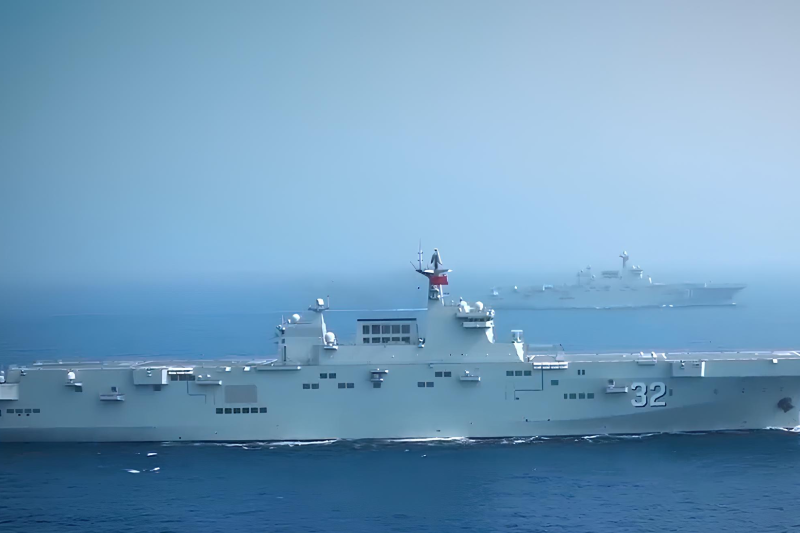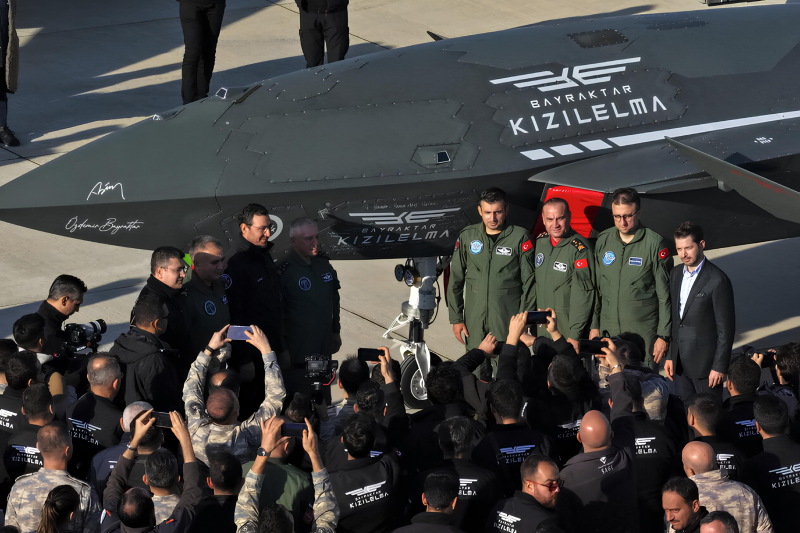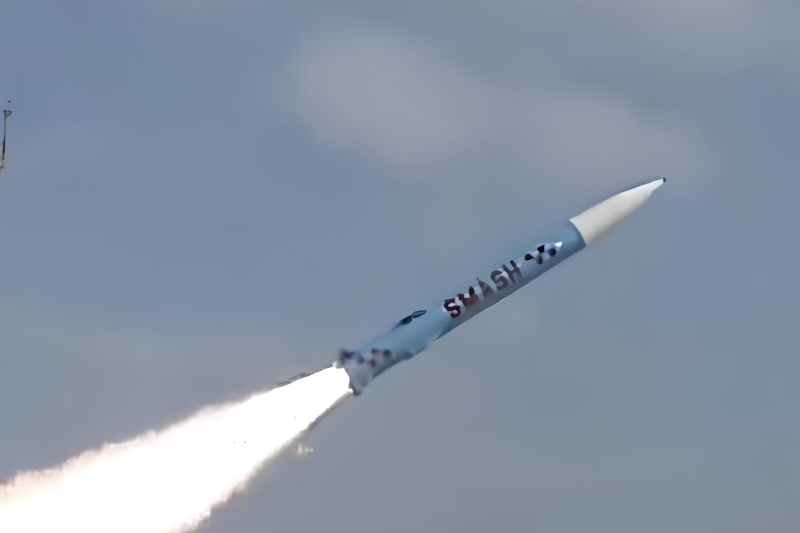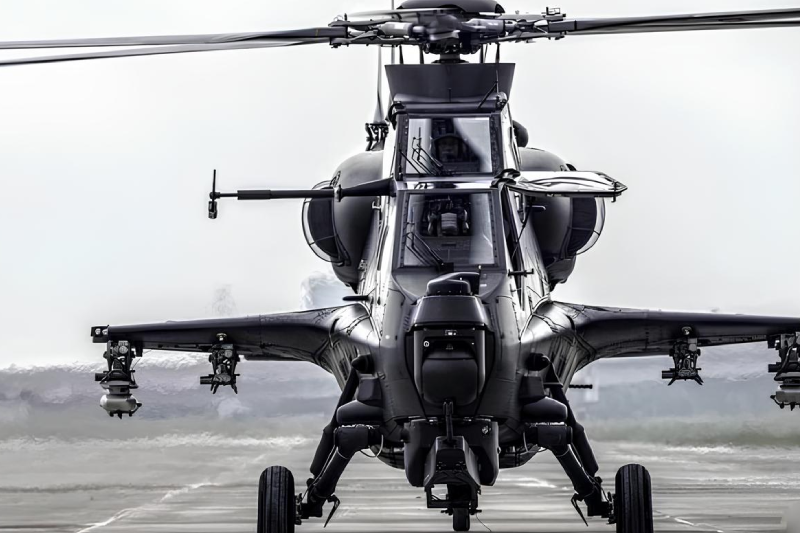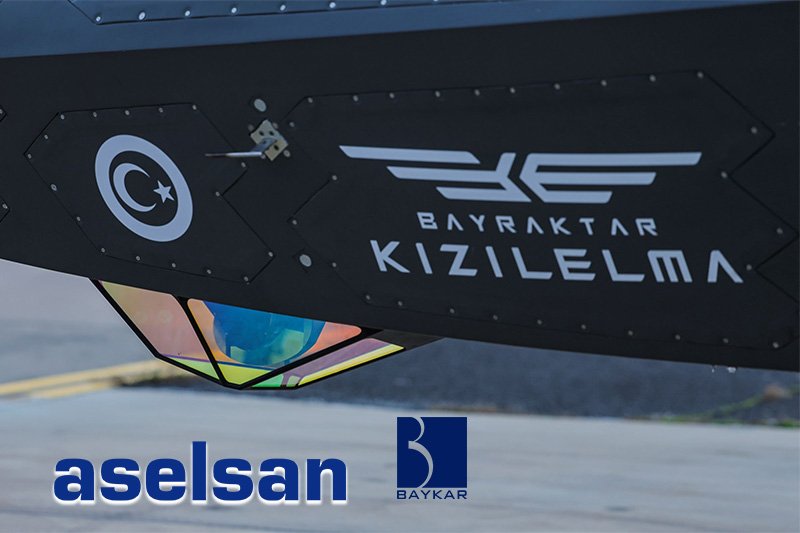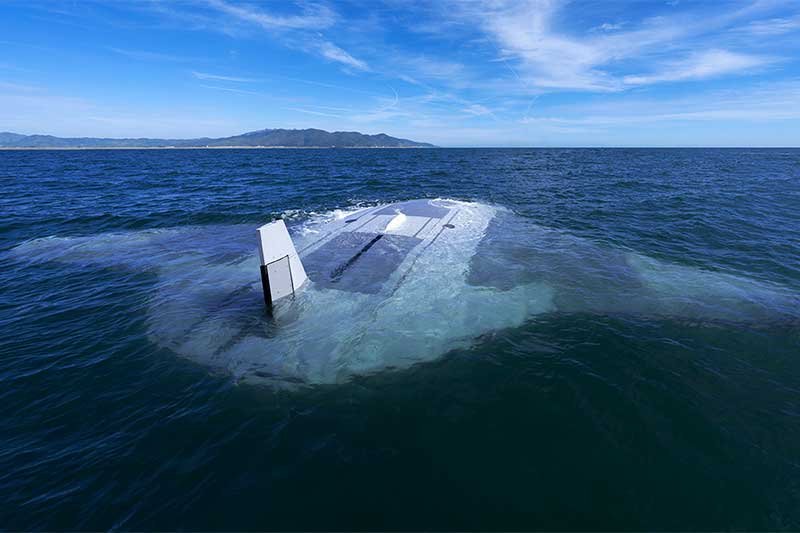Northrop Grumman’s Manta Ray Undersea Drone Aces Water Tests
Northrop Grumman has successfully put its Manta Ray extra-large uncrewed undersea vehicle (XLUUV) prototype through comprehensive in-water testing off the Southern California coast. The at-sea trials in February and March 2024 validated the innovative drone’s hydrodynamic performance and mobility capabilities.
During the exercises, the 51-foot long Manta Ray conducted fully submerged operations using all its modes of propulsion – buoyancy system, propellers, and control surfaces for steering. It demonstrated it can glide efficiently through the ocean depths while maintaining its course and orientation.
The testing marked a major milestone for the Manta Ray program, which seeks to field a new class of long-endurance, long-range undersea drones for the U.S. Navy. If successful, these payload-trucking robots could deploy for months or even years without human intervention or support from manned vessels.
Also read this: France, Germany Unite to Build AI-Powered ‘Tank of the Future’
“Our full-scale testing proves the Manta Ray is ready to advance toward real-world operations after rapidly self-transporting across the country and self-assembling on site,” said Dr. Kyle Woerner, the program manager at DARPA.
In a pioneering approach, Northrop Grumman shipped the Manta Ray prototype to California from its manufacturing plant in Maryland in modular sections. This allowed for simplified transportation overland and reassembly at the test site with minimal footprint.
“This first-of-its-kind capability for an extra-large UUV lets us deploy the vehicle directly to its operating area without burning a lot of its endurance just transiting from homeport,” Woerner explained. This energy-saving concept of operations increases the Manta Ray’s viable mission time.
Once deployed at sea, the Manta Ray leverages its innovative buoyancy propulsion to glide through the depths far more efficiently than conventional propeller-driven undersea drones. Multiple payload bays enable it to packet a variety of sensors and mission tools.
DARPA is now collaborating with the U.S. Navy on further testing and development of the Manta Ray technologies. This includes continued evaluation by another program contractor, PacMar Technologies, of advanced maritime energy harvesting systems.
If the XLUUV concept proves out, it could provide naval commanders with a self-contained, self-sustaining undersea asset able to operate independently for months or years at a time without needing manned support. This would free up conventional submarine and surface combatant assets for other missions.
Keep connected with us at Facebook, Twitter, YouTube, Instagram & TikTok for latest defense happening around the globe.
Discover more from International Defence Analysis
Subscribe to get the latest posts sent to your email.


